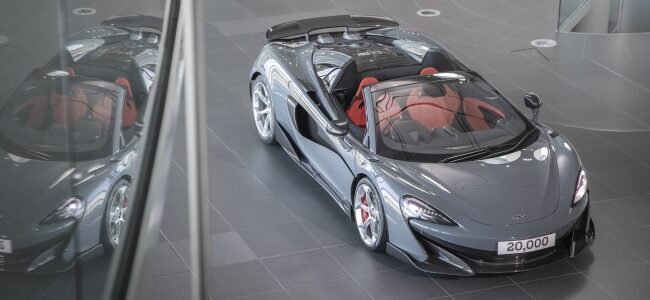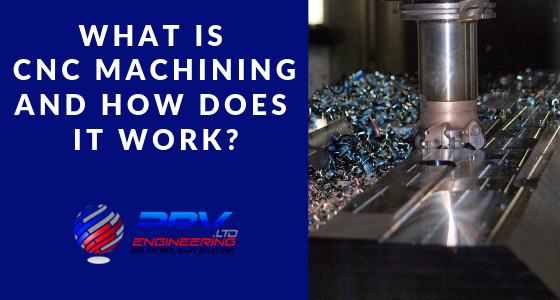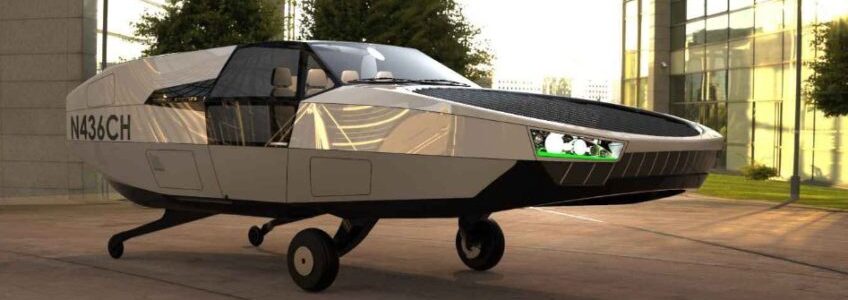Russia is the latest country to announce launching a new electric vehicle. Russian Engineering and Manufacturing Company (REMC) is launching the first locally manufactured electric vehicle, naming it Zetta.
Early reports suggest it could be the cheapest electric vehicle ever built with an expected price tag of just $7,000 (£5,400). Zetta is short for Zero Emission Terra Transport Asset and should be ready for launch early in 2020 after the final certification stages.
The World Automotive Conference was held in Istanbul on October 17 2019, where experts presented possible solutions for keeping up with future trends in the automotive sector.
From managing global economic challenges to overcoming changing industry demands, 50 speakers added tremendous value to the conversation. There are various issues plaguing the automotive sector including too much traffic, too many cars, bad drivers, inadequate public transport, air pollution and not enough parking.
These may not be the trends that are directly shaping the automotive industry but they are important nonetheless. It clearly indicates some of the consumer feedback which the automotive sector needs to respond to.
Over the last four decades or so, fibre-reinforced plastics (FRP) have been used in engineering structures. Since then, the use of composite materials has steadily diversified into sports equipment, helicopters, aerospace and high-performance racing cars.
The military first used composite materials before engineering companies applied the technology to commercial planes and cars. It was initially used in military applications such as radomes, secondary structures and internal components. Looking at the automotive future, composite materials can be used to design and build safer, lighter vehicles.
Img Credit: McLaren Automotive
For the few who don’t know, McLaren Cars were founded in 1985 which later became McLaren Automotive. Today, they remain a successful British car manufacturer based at the McLaren Technology Centre in Woking, Surrey where their primary focus is on sports cars.
In 2017, McLaren constructed a £50m McLaren Composites Technology Centre (MCTC) at the Advanced Manufacturing Park between Sheffield and Rotherham. The facility is responsible for building carbon fibre chassis for all McLaren road cars.
McLaren Automotive became a 100% owned subsidiary of the wider McLaren Group in July 2017 and recently celebrated selling their 20,000th car. It will be hand-assembled at the McLaren Production Centre (MPC) in Surrey.
In today’s modern manufacturing world, not too many products are made without CNC machining. This includes the basics like toys, household appliances and machines but also cars, aeroplanes and medical devices among others. CNC machining is incredibly versatile and many industries cannot do without it.
Some of the main industries that rely heavily on CNC machining include aerospace, automotive, medical manufacturing and woodworking. Here, they use it use for various operations such as drilling and routing where the aerospace industry favours CNC machining because it offers the five-axis option when required. This functionality means they can more easily manage hard-to-cut materials such as Inconel.
In healthcare or the medical sector, CNC machining plays an essential role for micro-machining. This involves fabricating all the tiny parts made from different types of materials for various life-saving applications. Examples of CNC machined parts are pacemakers or titanium joints not to mention tools and implements for medical professionals.
In modern-day manufacturing, technology is forever advancing and it is essential to keep up with the all latest trends. Throughout our history, we have seen a number of methods implemented to manufacture custom parts. Today, CNC machining and 3D printing are seen as two of the most widely used manufacturing processes.
With the rapid growth of 3D printing technology, some believe it has become the first choice for many industries. On the other hand, CNC machining is still considered a reliable standard and there really aren’t many things that don’t involve CNC machined parts somewhere in the process.
Looking at the available technologies and industries utilising CNC machining and 3D printing, how do they work? Which industries prefer one or the other and how do they compare?











Recent Comments